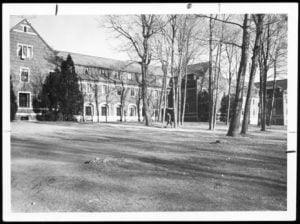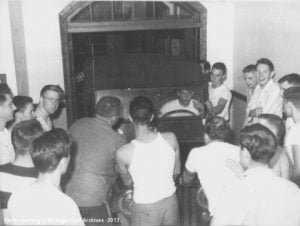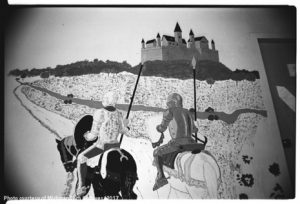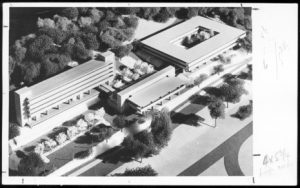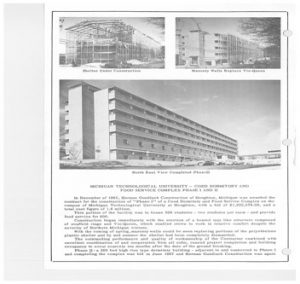Over the past several months the campus community engaged in a series of conversations regarding the future of Michigan Tech within the context of the Fourth Industrial Revolution. Last week, President Koubek and members of the leadership team presented a summary of those conversations and the initiatives the campus will pursue in the coming years. President Koubek began the reception by acknowledging the more than 500 faculty and staff who participated in the conversations as well as the deans who provided thought leader pieces.
Following, Provost and Senior Vice President for Academics Affairs Jackie Huntoon and Vice President for Research Dave Reed further explained how the campus community arrived at nine initiatives.
According to Huntoon, “The Tech Forward conversations we’ve had this semester have been very productive. People from across the University, members of the community, and alumni have all contributed and provided their insights regarding the future of Michigan Tech. We listened carefully to all the different voices and are excited about how the all of the conversations converged throughout the semester. We now have a framework that will help us to focus our efforts as we begin to plan for the future.” Reed added, “There are a number of critical issues for society to address. Michigan Tech is already working on many of these, but the initiatives will allow us to do even more. We can bring our expertise in the data revolution and sensing, for instance, to contribute to global efforts to address these critical issues.”
Three campus-wide initiatives garnered wide support throughout the conversations, the first being a new college focused on computing. Dan Fuhrmann will lead the planning for this initiative. The second is to propagate the Pavlis Honors College educational outcomes across Michigan Tech’s core curriculum. Lorelle Meadows will spearhead this effort. The third initiative is to enhance Michigan Tech’s efforts to promote diversity and inclusion. Kellie Raffaelli will lead this initiative and has been appointed Special Assistant to the President for Diversity and Inclusion.
There are six additional initiatives for which the following individuals have agreed to lead a committee in developing proposals on behalf of the University:
- Advanced Materials and Manufacturing: Gregory Odegard
- Autonomous and Intelligent Systems: Jeff Naber
- Health and Quality of Life: Caryn Heldt
- Natural Resources, Water and Energy: Andrew Burton
- Policy, Ethics and Culture: Jennifer Daryl Slack
- Sustainability and Resilience: David Shonnard
Each working group, yet to be assembled, will host a series of meetings early in the New Year to develop their respective proposals for consideration by the review committee, consisting of two members of the president’s council and two from University Senate, who will make recommendations for funding beginning in fiscal year 2019-20.
To learn more, please visit www.mtu.edu/techforward.

